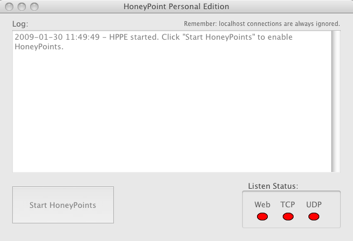Last night, @mubix pointed out a certain phrase that would result in a re-tweet of the attached content on Twitter. The interesting thing that got me going on this was that the folks in question had established an application to watch the Twitter stream and forward any content that mentioned the phrase to their followers.
Tweet-bots are not new, and I have written about code that could be adapted for this purpose in the past. Bots exist on Twitter for a variety of actions, but thus far, seem to have been relegated to auto-following folks or sending simple data streams to the service.
However, this new type of bot (which there may be others, some even older, of which I was unaware) opens Twitter and its users to a new type of spam. The obvious issue is that you could bait spam content with bot-friendly phrases and get your message sent to a MUCH BROADER coverage of followers than your own. Malicious and rowdy behavior could follow and lot of harassment and criminal activity could be shared by all. Sure, as @mubix said, “this is the open relay of Web 2.0”. I agree, it is just a matter of moments before this is a widely used abuse pattern made all the more powerful by the underlying architecture of trust that is Twitter.
But, while new forms of spam mildly interesting to me, what was interesting was that as I toyed with the bot, I would get MULTIPLE COPIES OF MY MESSAGE RETWEETED. That’s right, sometimes it would take my single message and retweet it multiple times. I could not determine if this was a bug in their implementation or a desired behavior, but it happened. That led me to the idea that you could use these bots as amplifiers. You could, essentially, identify a list of retweeting bots and cascade them to create the modern day version of the smurf attack!
Scanning the Twitter stream for these bots could be pretty easy. You could quickly script and API-enabled tool to tweet dictionary terms or brute force character groups into you found a catalog of retweet terms, then cascade them to cause a “retweet storm” of some sort. Some controls over the process are implicit due to the 140 character max for tweets, but it is likely an interesting experiment. Properly tuned, it might also be a denial of service style attack or a way to spread very small spam messages far and wide.
It should be noted that much of this is theoretical. I did not, nor do I intend, to engage in this type behavior. But, to me, it certainly seems possible. I can see it being used as a platform for spam and social engineering. I also don’t see a lot of controls that could be put in place to stop it.
Let me know your thoughts on this possibility and feel free to leave a comment and disagree or explain why I am wrong. I think there will be some interesting and dangerous times ahead for all social networks and I don’t think Twitter will be an exception.



